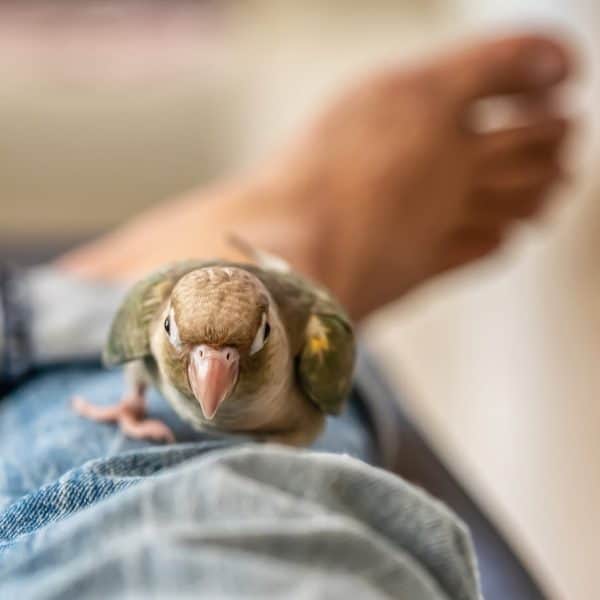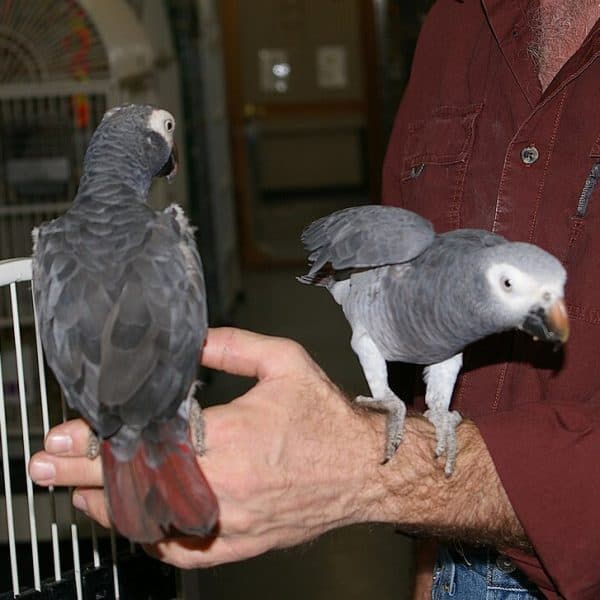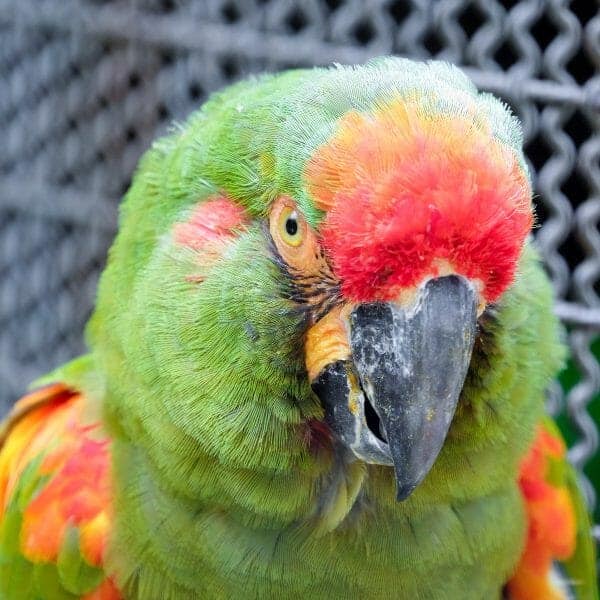Last Updated on by Catherine Tobsing
Good Day! I have a beautiful Yellow Head Parrot that has been with me since birth. we grew up together! My mom bought him,(Chico) When I was born, and according to my mother, he had just been born. I am now 56 years young, LOL!!
He is very healthy and happy.
He is my little companion and I have just decided to remodel his cage and give him some more love, do something different.
You tell me.
Why pellets over a traditional nourishing parrot mix?
Is calcium really important, what about a vitamin supplement.
I have been told that I should give Chico hay?? and anything else you can think of. Just dumped dr. fosters, terrible customer service. found you guys as I was searching the web for a new source.
Thanks for your ears and your time.
Many blessings to you and your loved ones!!
Your bird is getting up in years but God willing still may have another 10 or 20 or 30 years. You say that you “just decided” to remodel his cage and give him more love – to do something different. We recommend that you remodel your birds’ cage every 2 to 4 weeks thereby always giving him something to think about.
Some basic guidelines would be to have 10 or more toys in the upper third of the cage acting as a perimeter fence if you will. The toys are meant not only to act as foraging opportunities and engagement items but to provide privacy “fence”
Pellet bird food provides a comprehensive balanced diet. Pellets are created by food manufacturers, engineers, and agriculturists determining their recipe for optimal nutrition. These ingredients are then ground up and held together with a binder and then extruded into pellets of varying sizes to accommodate the many sizes of birds.
Seed diets although probably are a bit tastier, birds ultimately will require some sort of nutritional supplementation in spite of “vitamin fortification” All say diets can lead to malnutrition, overextended beak growth, and poor feather development. A straight seed diet should always be augmented with a supplement. Supplements are best introduced directly into food, fruit, or leafy green not into the water as when replacing freshwater daily supplements will get wasted.
Speaking of fruit, we do encourage fresh fruits and vegetables introduced daily. Even simple generic frozen mixed vegetables served semi-frozen in the morning will help round out your bird daily diet. Recent research is now teaching us to avoid citrus in our bird’s diet due to the lowering of the pH (making things more acidic) can throw your bird digestive system off-kilter.
Introducing supplemental calcium such as a cuttle bone is only necessary for brooding hens as the eggs deplete calcium in a bird’s body. Although the cuttlebone may help trim your bird’s beak it’s really best to introduce a trimming perch near the food dishes to serve this purpose.
As for hay – it’s best not to introduce any into the bird’s cage as it will do nothing more than retain moisture which will become mold, feces, and waste. Newspaper as an effective way to line refuse tray in a birdcage. It’s our humans sensitive to allergens you might consider T-3 antimicrobial paper by preview pet as a superior alternative.
Best of luck
Mitch Rezman
Windy City Parrot
Author Profile
Latest entries
 The Traveling BirdJune 26, 2025Can You Name 5 Parrot Species That Are Living Wild in the USA?
The Traveling BirdJune 26, 2025Can You Name 5 Parrot Species That Are Living Wild in the USA? Bird BehaviorJune 26, 2025How is it Parrots Are Problem Solvers Social Animals and Even Use Tools?
Bird BehaviorJune 26, 2025How is it Parrots Are Problem Solvers Social Animals and Even Use Tools? Bird & Parrot AnatomyJune 25, 2025How a Tiny Chemical Modification Makes Parrots Nature’s Living Paintings
Bird & Parrot AnatomyJune 25, 2025How a Tiny Chemical Modification Makes Parrots Nature’s Living Paintings PigeonsJune 20, 2025How Do Parrots Thrive in Cities Outside Their Native Habitats?
PigeonsJune 20, 2025How Do Parrots Thrive in Cities Outside Their Native Habitats?




